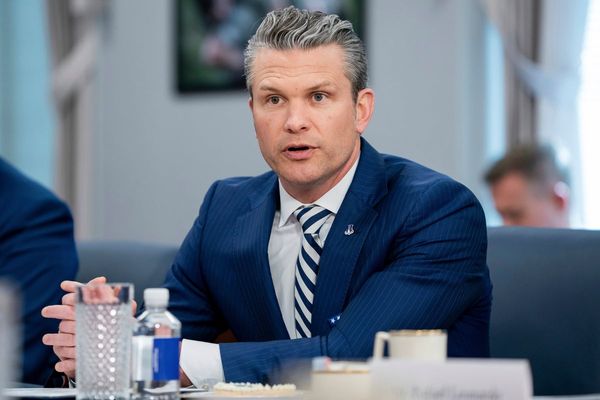
People living in the eastern states are paying the price for a special deal on the Goods and Services Tax struck by the former coalition government.
Lauding the "landmark deal" on Tuesday, Western Australia Senator Michaelia Cash welcomed WA getting an extra $6.2 billion to spend in 2024/25 from the latest GST carve-up.
But NSW and Queensland's share of the GST pool will fall because rising coal royalties have put them in a stronger budget position to provide services relative to other states, according to official advice.
The Commonwealth Grants Commission announced the recommended 2024/25 distribution, with the GST tax take estimated to grow to $89 billion from around $85 billion in 2023/24.
NSW Treasurer Daniel Mookhey described the distribution model as "an absurd process in dire need of reform".
"This result shows how out of touch the Commonwealth Grants Commission is," he said.
"NSW takes most of the nation's population growth, but is being punished by having its GST cut."

All states, other than NSW and Queensland, were estimated to receive more in total GST and so-called "no worse off payments" than they received in 2023/24.
Victoria will receive a $3.7 billion increase in its GST distribution because it is less able to raise royalties from mining, as well as data revisions as urban population and urban density increase.
Premier Jacinta Allan said Victoria was receiving "a much fairer share" but said there was still more work to be done.
"It's not fair that Victorians are subsidising other states," she said.
NSW will be $1.65 billion worse off after the commission reduced the state's share of GST from 92.4 per cent to 86.7 per cent.
The six percentage point decrease is the largest single-year drop to the NSW share of GST since the system was introduced in 2000.

The federal government distributes revenue from the GST tax take to put state governments in a position to provide their residents with comparable services.
Rising commodity prices have had a big influence on the value of mining activity and the revenue-raising capacity of NSW, Queensland and WA in recent years, according to the commission.
WA's GST distribution will increase by $6.2 billion, despite strong iron ore royalties, under a 2018 change in the way the carve up is calculated and a more recent tweak by former prime minister Scott Morrison.
"WA would have dropped to around 11 cents in the dollar, or about $1.05 billion, under the old formula,'" Senator Cash said.

Coal royalties were the largest component of the mining revenue assessment in the latest update because of an increase in prices and the national average royalty rate.
This led to a reduction in the assessed GST needs of NSW and Queensland and an increase in the assessed GST needs of other states, including a significant increase for Victoria, the commission said.
Similarly, other mineral royalties continued to grow, with lithium royalties rising to over $1 billion while onshore oil and gas exceeded $2 billion.







